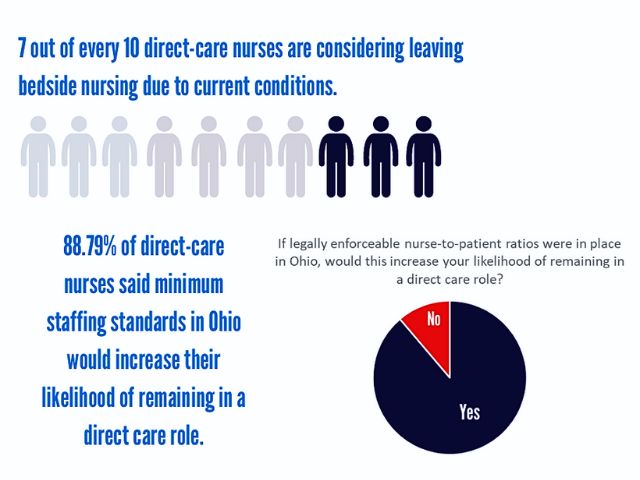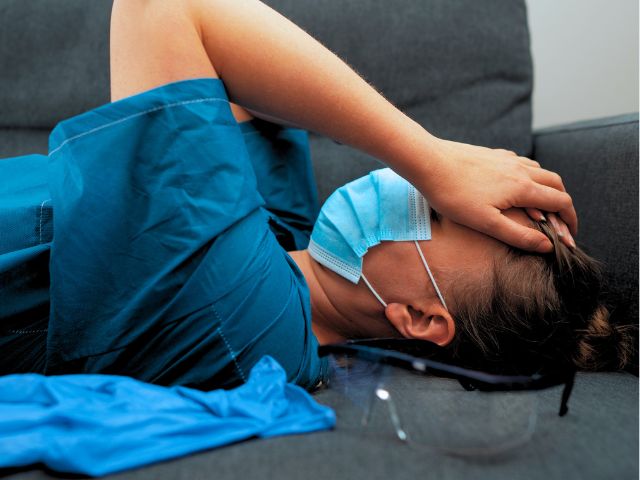What’s Next for HB 285
On October 2nd, Ohio’s Safe Patient Care Act was introduced to the House of Representatives. Here are the following steps needed for this legislation to move forward:
Introduction
As with any other state legislation, the Ohio Safe Patient Care Act began with an introduction to the House. This introduction numbers the legislation House Bill 285 and offers the bill for its first consideration
Hearings
After being introduced, H.B. 285 has been moved to committee hearings, also known as the second consideration. This bill may be amended, postponed for later consideration, or terminated during this second consideration. These hearings may also be open to the public, allowing for testimony for or against the bill to be heard by the committee.
Floor Vote
If the bill is favorably reported by the committee hearings, it will move to the House floor. The house will then debate and vote on the bill, also considered its third consideration.
If a majority of the house votes ‘yes’ on H.B. 285, it will be moved to the State Senate. Once introduced to the Senate, the bill will repeat the prior steps and be voted on once again. If H.B. 285 receives a majority ‘yes’ vote in both chambers, it will pass to the governor’s approval.
Governor Approval
Now considered a legislative act, a bill is brought to the governor for their approval and signature. Once signed, the bill is filed with the Secretary of State and will come into effect 90 days after filing.
If H.B. 285 makes it to the Ohio governor’s desk, it may still be vetoed. The governor can veto a legislative act outright, or they may strike out parts of the bill in a line-item veto. If vetoed, the bill returns to the House of Representatives and Senate, where they may win a three-fifths vote to override the governor’s veto.









